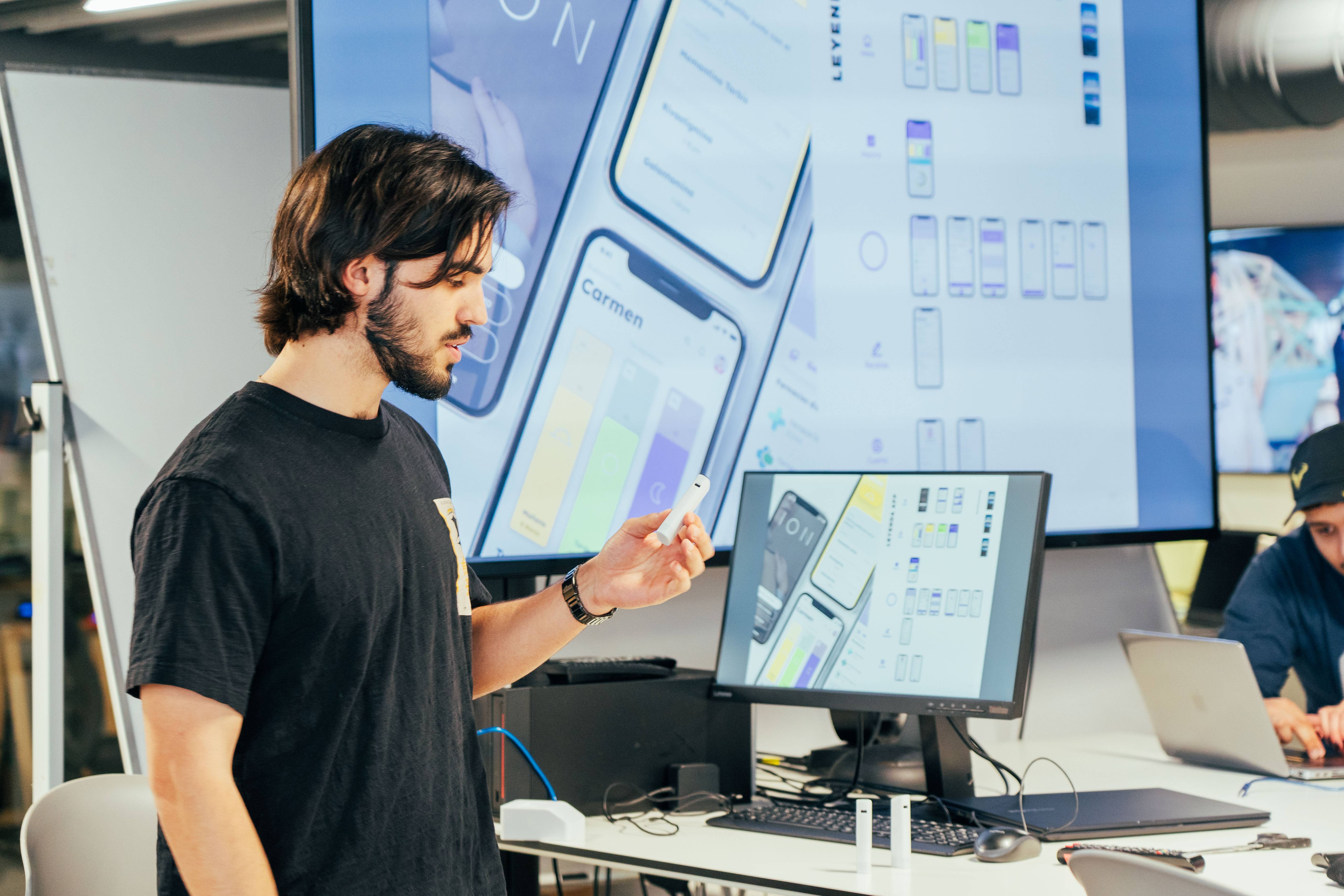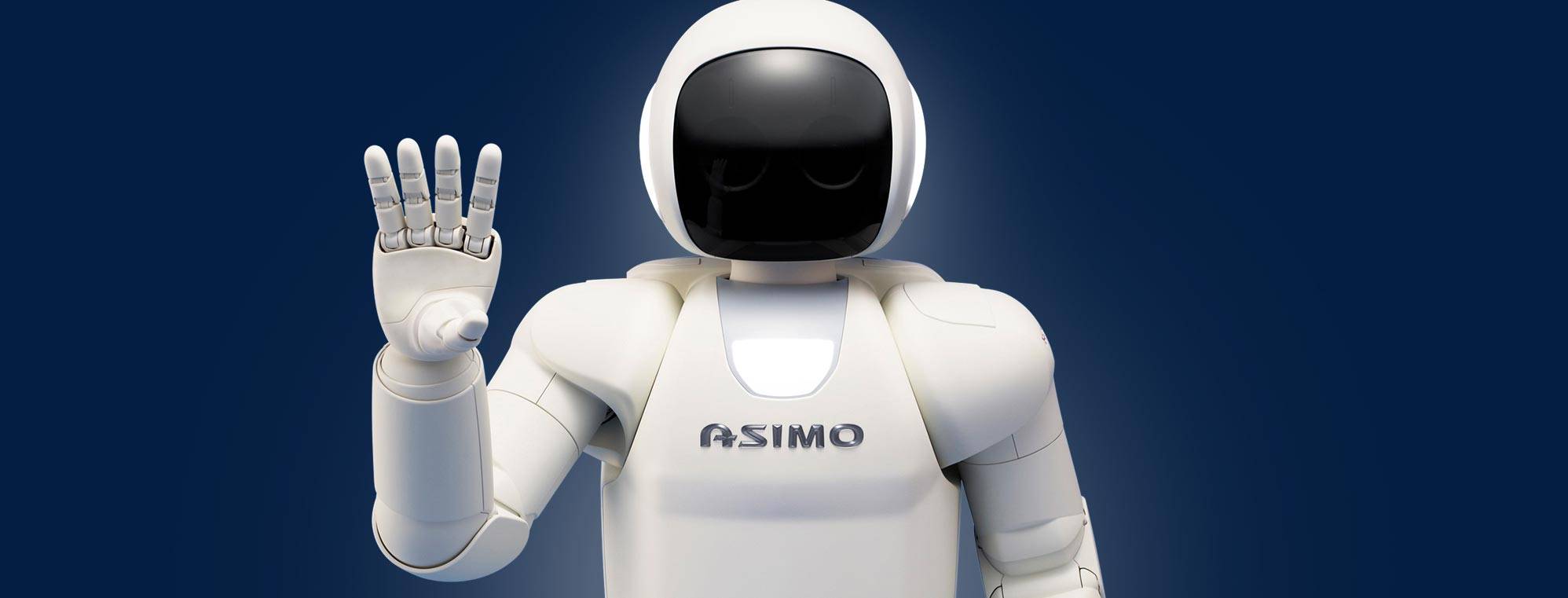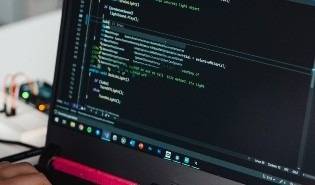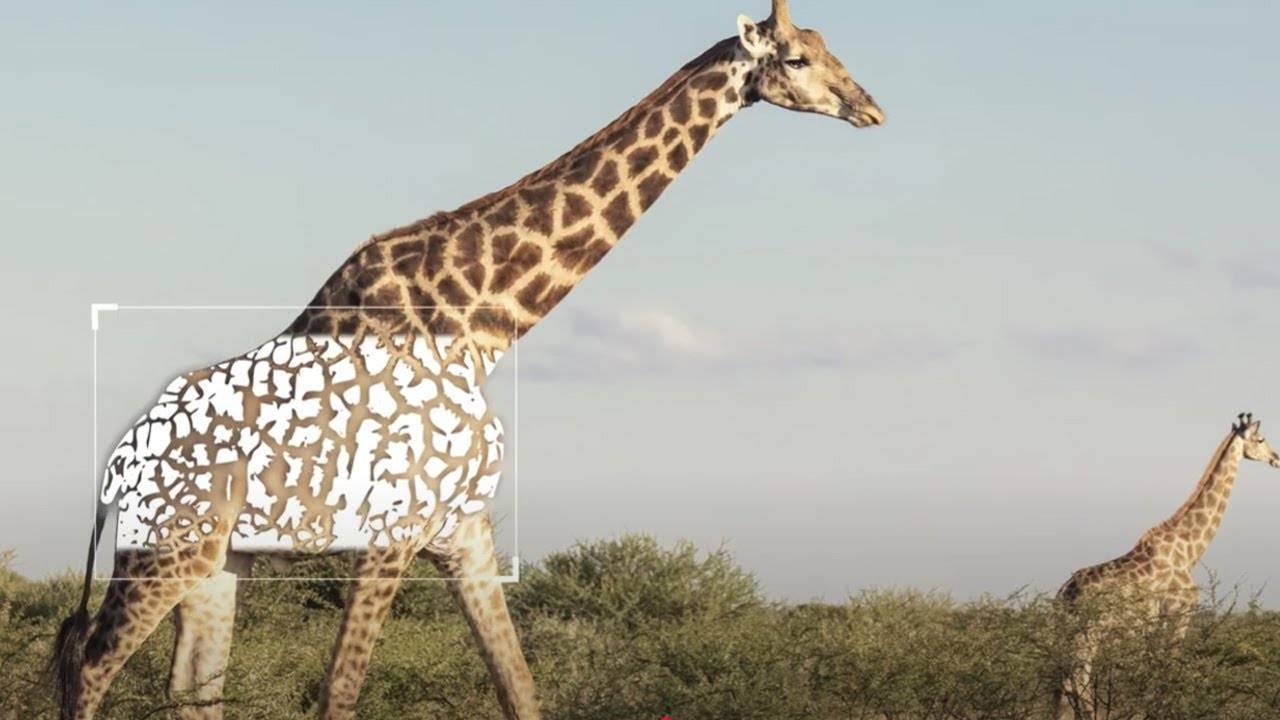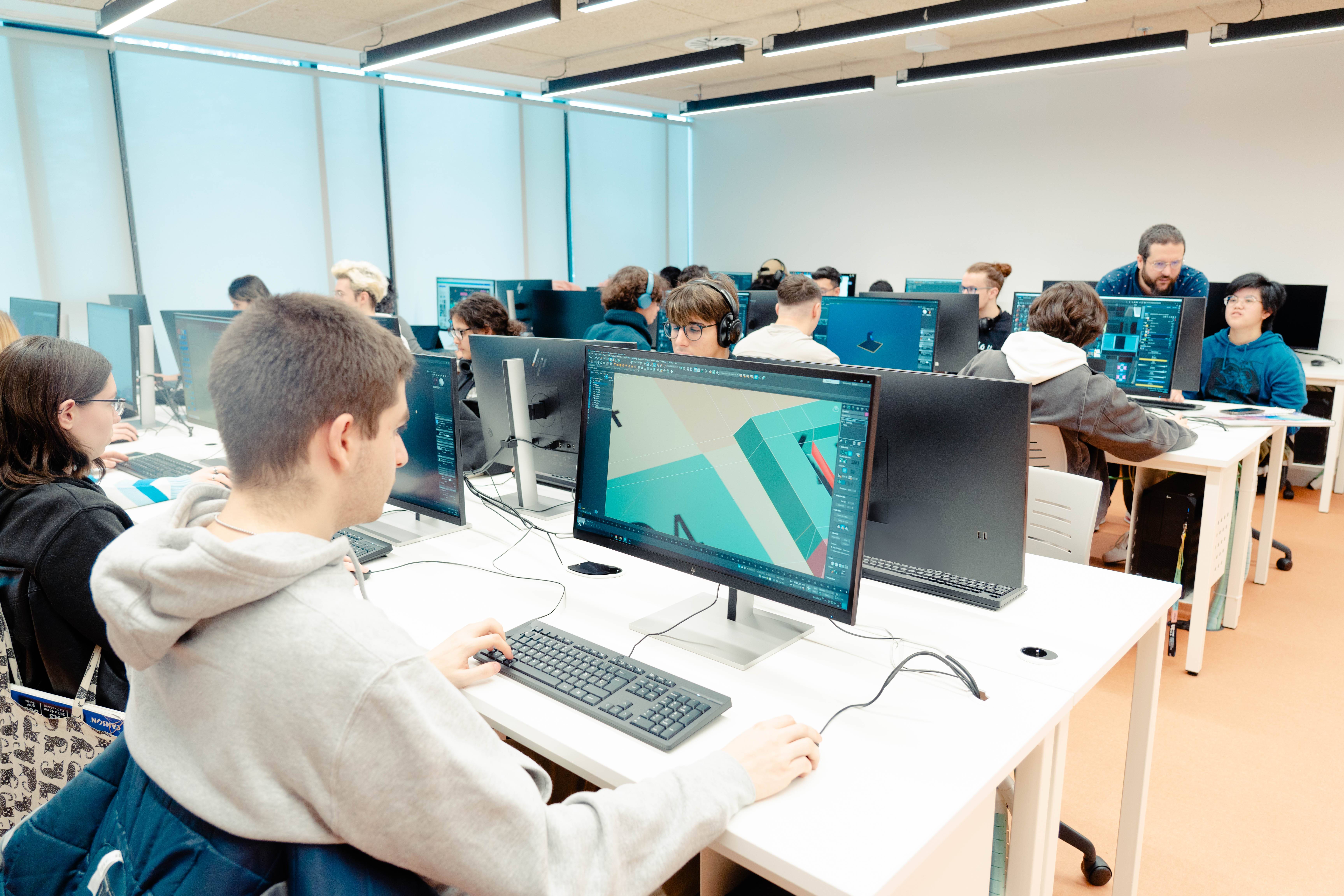What is service robotics?
Service Robotics, also known as Consumer Robotics, is transforming the way we live and work, driving efficiency, productivity and innovation, but what is service robotics and how is it different from industrial robotics?
The International Federation of Robotics (IFR) defines service robotics as "arobot or equipment for personal or professional use that performs useful tasks for humans excluding applications for industrial automation".
The differentiation from industrial robotics lies in the intended application. Thus, industrial robotics refers to robots used in industrial automation applications. In addition, they are usually large in size, have similar functionalities and perform repetitive tasks.
In contrast, service robots tend to be smaller and more mobile, but their functionalities vary depending on their final application.
The ecosystem is becoming increasingly complex, combining the fields of artificial intelligence, cellular connectivity and advanced sensing to address sectors such as agriculture, home automation, medicine and security, among others.
Are there types of service robots?
Yes, service robots can be classified into two main groups: professional and personal.
A personal service robot is a robot used for a non-commercial task and used by non-professionals. For example, automated wheelchairs, kitchen robots, hoovers, or any robot for everyday household tasks that comes to mind.
On the other hand, a service robot for professional use is a robot used for a commercial task and usually used by a properly trained operator. Examples are cleaning robots in public places, logistics robots in offices or hospitals, rehabilitation robots or surgery robots in hospitals.
How to train in service robotics?
Currently, the courses, degrees and master's degrees on offer focus on robotics, mainly oriented towards industrial robotics. However, UDIT (University of Design, Innovation and Technology) has launched a pioneering degree focused on people-centred robotics. The aim of this degree is to prepare professionals capable of developing their careers in the fields of integral design and maintenance of robots focused on the new trends of industry 5.0, based on the person as the central objective of industrial growth.
During the four years, mathematical, programming, computing, physical, telematic and design contents are covered , focusing on user experience. Students will learn tools that will enable them to work in the development of robotic systems, from the design of electronic circuits based on microcontrollers, their programming, through the mechanical design of robots, to human-machine interfaces.
Graduates will also master the different communication layers implemented in the computer systems themselves, such as those used for connectivity between devices, taking into account new trends such as 5G or NB-IoT and GNSS location systems.
The ultimate aim of the Degree in People-Centred Robotics is to focus the work of robotic applications and devices on the end user and their interaction with them.
Service Robotics: synonymous with technological progress and development
Service robotics encompasses a wide field of applications, most of which have unique designs and varying degrees of automation, from full teleoperation to fully autonomous operation.
Robots are improving our daily lives in many ways: helping paraplegics walk again, improving the quality of medical care we receive, reducing the time we spend on household chores, making our shopping experience more productive, keeping our homes safe, allowing us to eat fresher food with less impact on the planet's natural resources, and enabling the recycling of a wide variety of materials that are harmful to the environment if left to decompose. Whether in front of us or behind the scenes, robots are having a substantial impact on the quality of our lives and the sustainability of the planet.
Read more
Degree in Human-Centered Robotics.
What are the differences between human-centred robotics and industrial robotics?

